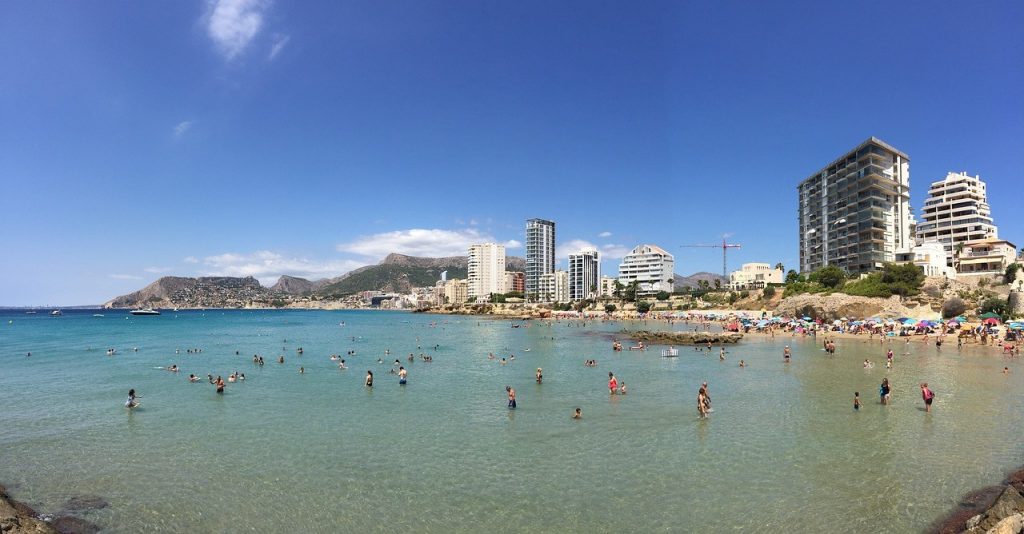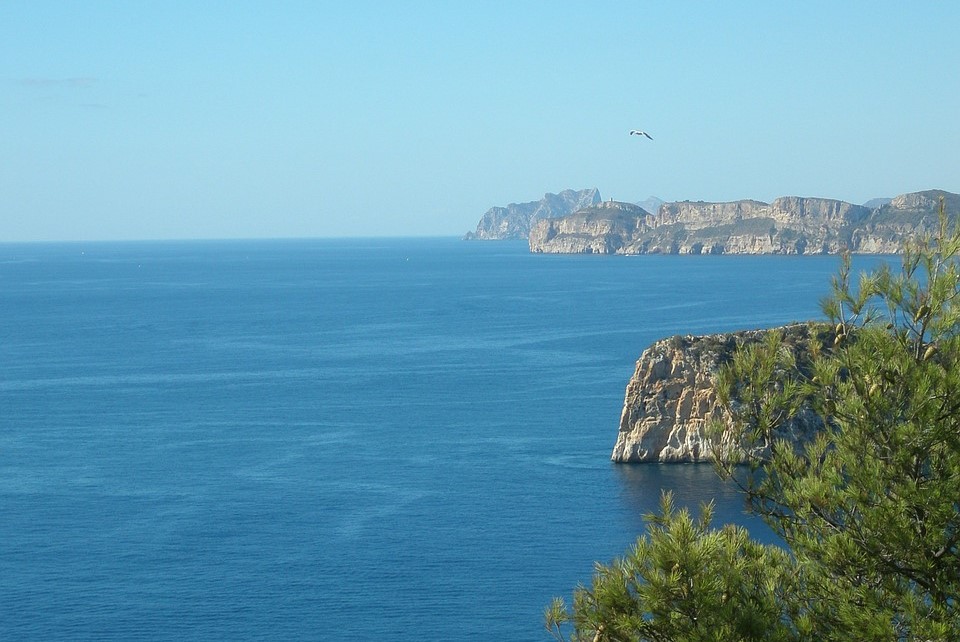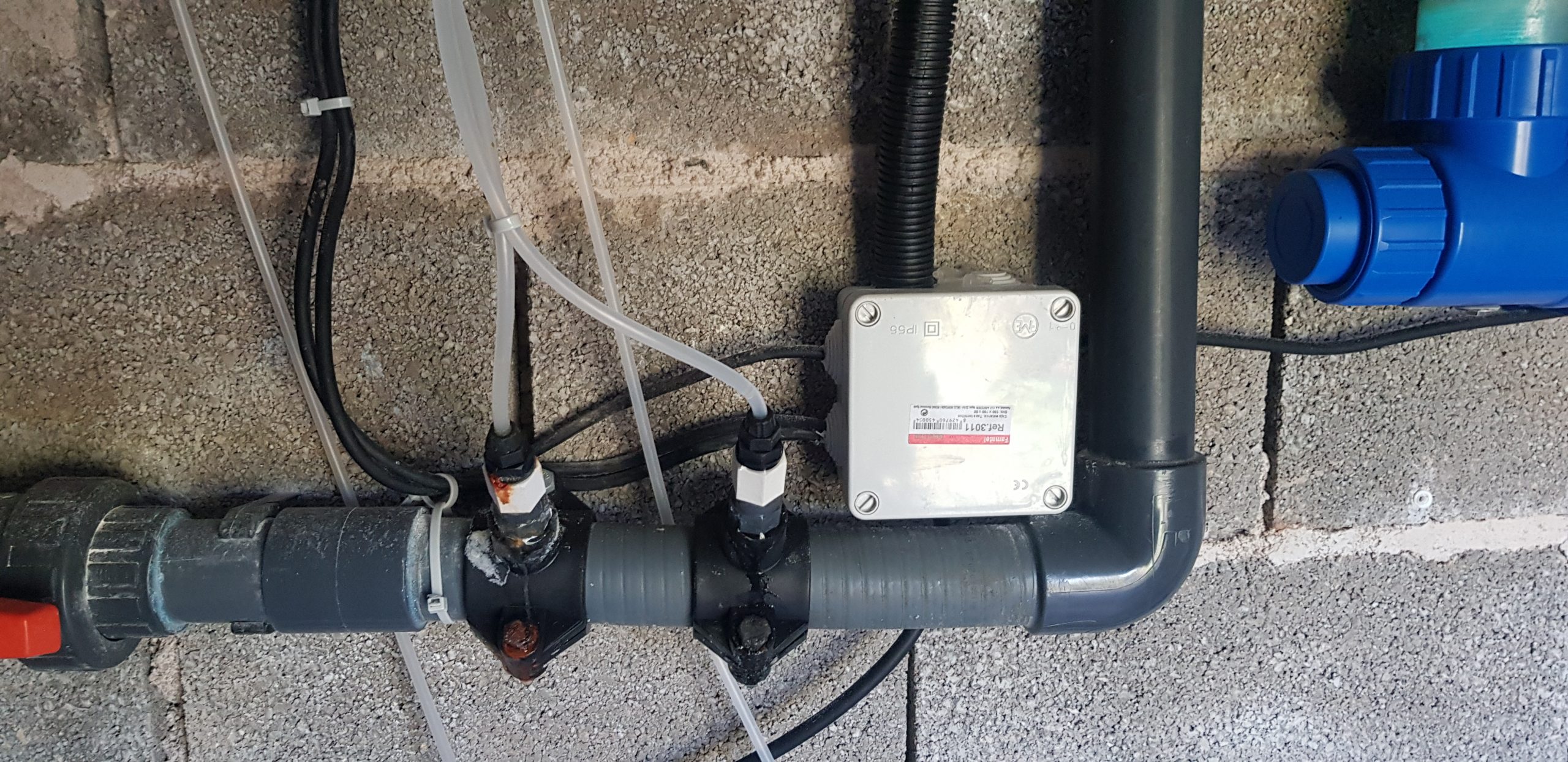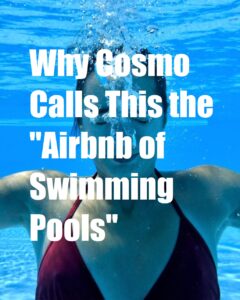Subject: A Topic Idea for Pool Operator Talk News
The following represents the thoughts of a dedicated Pool Operator Talk News reader and do not necessarily reflect the opinions or viewpoint of Pool Operator Talk News. Simon Spragg of Tech Pools Costa Blanca, Spain.

[responsivevoice_button voice=”US English Male” buttontext=”Listen to Post”]
Having read your posts on CyA/chlorine lock, I have some data from this summer that may be beneficial—agreeing with Ben and Robert re CYA effect. The more CYA, the worse the water becomes (for more reasons than chlorine inefficiency). So adjust water to 30ppm (Taylor turbidity test

With water at its max temperature in summer (30°c), add a minimum of 10% (sodium hypochlorite) to CYA = 3ppm at 20.00 every 24 hours (use a programmable peristaltic pump).
For heavy bather use (holiday renters families etc.) add 4ppm (or as necessary. Test Taylor FAS / DPD, at midday, aiming for 1.5-2ppm)
Maintain pH at 7.2-7.4 (again use peristaltic pump add in advance of chlorine injection)

Calculate pH demand using the Taylor acid demand test and work out % of acid to chlorine (typically between 15-25%). To keep the water balanced and non-corrosive, adjust LSI to be positive of zero (Orenda tech app is most natural or Taylor water wheel). The answer or key here is calcium at 350/400 ppm, then TA at approx 90. Cal at these levels creates more excellent stability.
This creates sparkling algae-free pools. Add UV and varispeed pump (running 24/7), then the contaminants get better filtered, and you know bacteria/virus, etc., are continually being destroyed… Adding FC at night (sodium hypo) means no sun effect and at a level way above CYA demand = effective Oxidation.

Understanding pH demand ensures clarity.
Keeping LSI just positive makes comfortable non-corrosive water. The industry is best advised to find a way of banning the manufacture of “so-called chlorine tablets.” Tablet abuse.

Manufacturers have worked out CYA/chlorine inefficiency. This is why the trichlor chemistry includes additives such as copper sulfate (to kill algae) and aluminum sulfate to coagulate algae. Therefore ease of use and a clear looking pool (until the end of summer). For the DIY bod and low-value pool cleaners, they can measure high chlorine levels from small quantities of tabs = more profit.
But the trade-off is rubbish quality water unsafe water, corrosive water, un warrantied pump heaters, etc. The problem is pool shops and supermarkets who frankly don’t care or know this stuff, and they want the bottom line in cash.
Look forward to hearing your comments
Pentair R151226 79 Cyanuric Acid Test Kit








Pingback: Catalonia-based Fluidra gobbling up U.S. manufacturers. - Pool Operator Talk News🗞